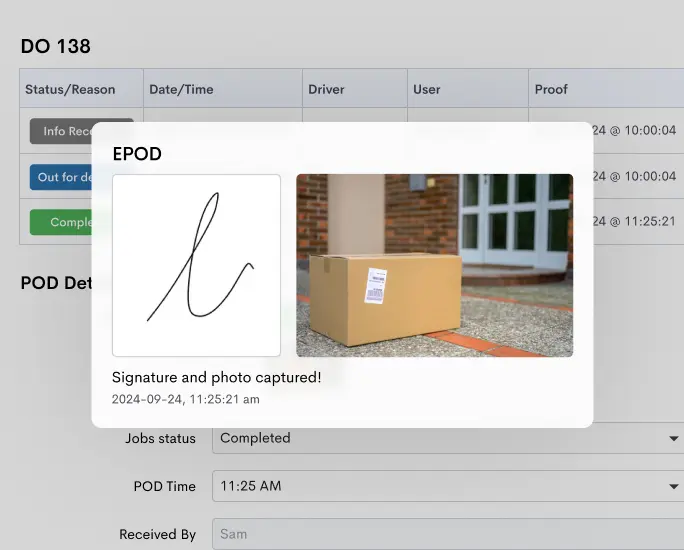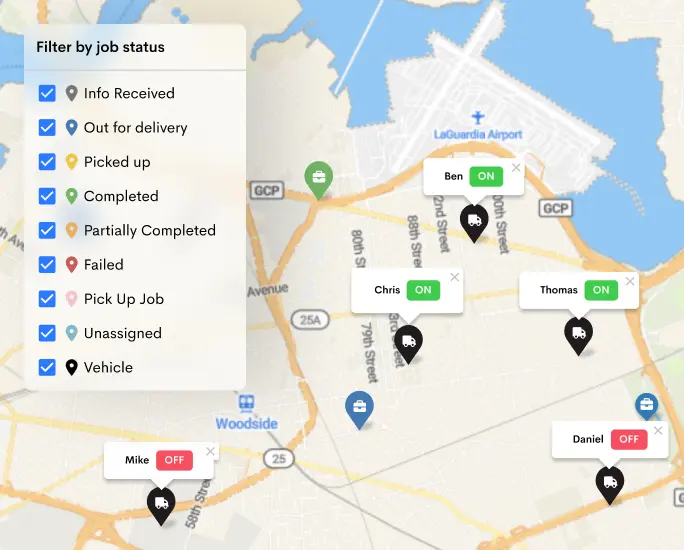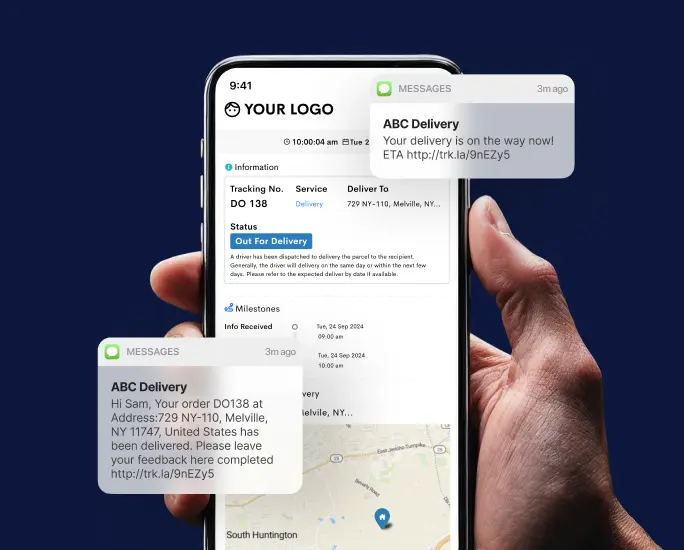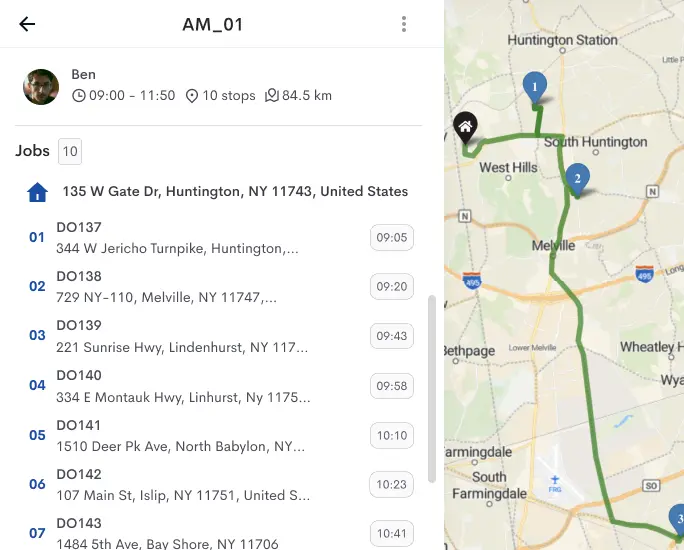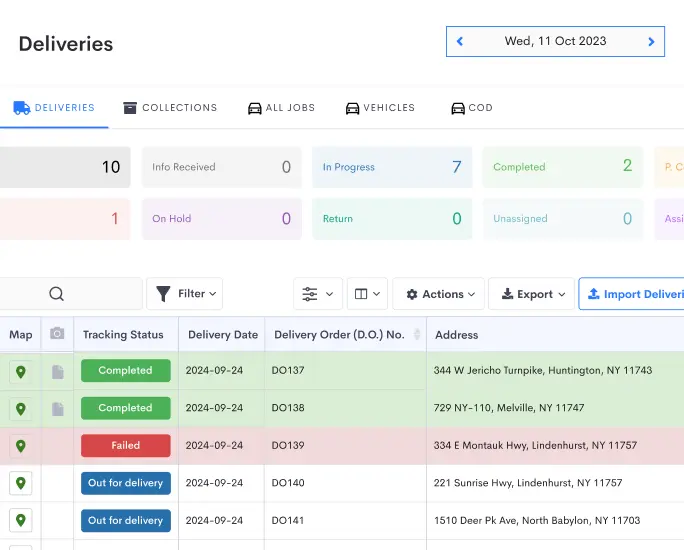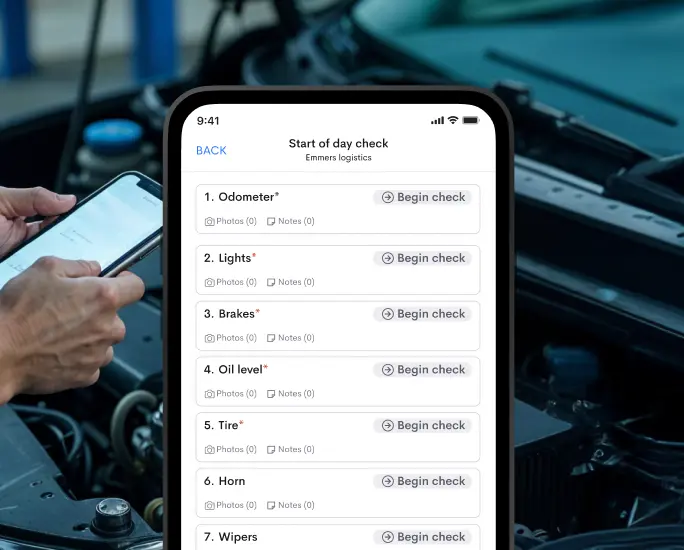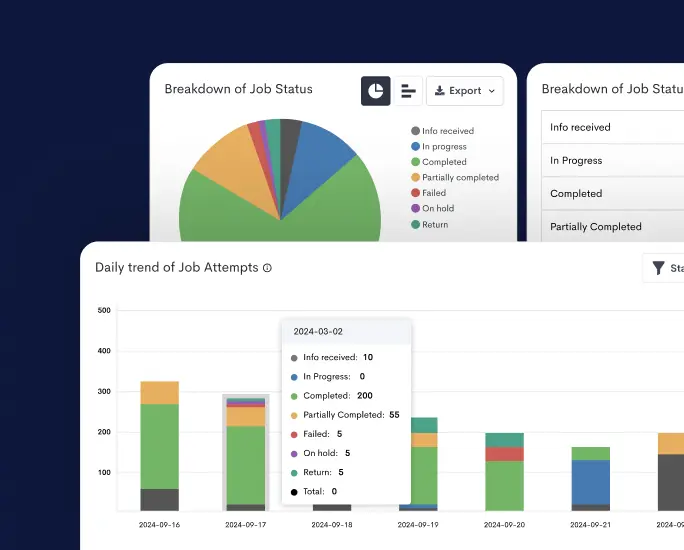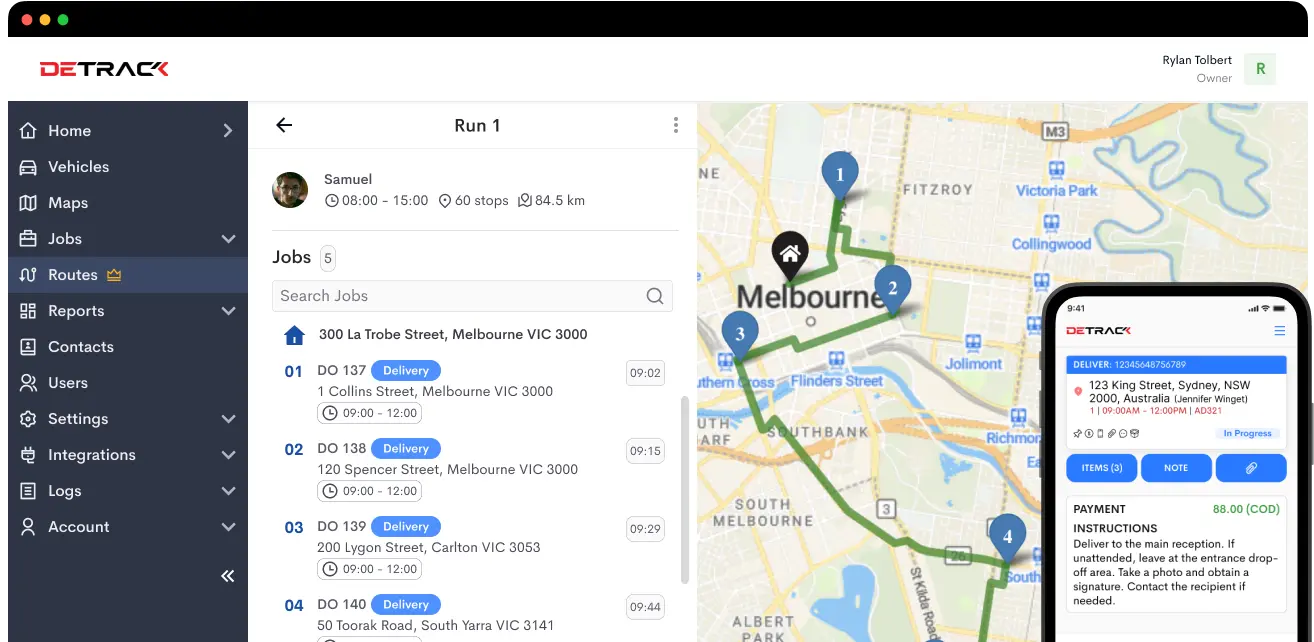Shipping can make or break a small business. Get it right, and you’ll keep customers happy while maximizing profits. Get it wrong, and you might face lost packages, high costs, and frustrated buyers. Whether you’re just starting out or looking to streamline your operations, these 10 shipping tips will help you save both time and money.
1. Choose the Right Carrier
Not all shipping carriers are created equal, and choosing the wrong one can lead to delays, lost packages, and high costs. Compare rates, delivery speed, and reliability across multiple providers like UPS, FedEx, USPS, and local couriers.
Consider the specific needs of your business—do you need express services, international shipping, or reliable last-mile delivery? Some carriers offer small business discounts or loyalty programs, so take the time to explore your options and negotiate for better deals.
2. Optimize Your Packaging
The wrong packaging can lead to higher costs, damaged goods, and a frustrating unboxing experience for customers. Choose lightweight, durable materials and use the smallest box or envelope possible to reduce dimensional weight fees. Using the right-sized packaging not only saves money but also reduces waste.
Consider using eco-friendly options, such as recycled cardboard and biodegradable packing peanuts, to appeal to environmentally conscious customers. Well-packaged products also minimize damage during transit, leading to fewer returns and happier customers.

3. Buy Shipping Supplies in Bulk
Running out of shipping supplies can disrupt your operations, forcing you to pay premium prices for last-minute replacements. Buying boxes, tape, labels, and cushioning materials in bulk from wholesalers or directly from carriers can help cut costs and keep your shipping process running smoothly.
Some carriers even offer free shipping supplies for certain services, so be sure to check if you qualify. Keeping an organized inventory of your supplies will ensure you never run out when you need them most.
4. Automate Shipping with Software
Manually processing shipments is time-consuming and prone to errors. Shipping software like Detrack, ShipStation, or EasyPost can help automate label creation, tracking, and rate comparisons, saving you hours of work each week. These tools integrate with e-commerce platforms like Shopify, WooCommerce, and Etsy, ensuring seamless order processing.
Automation reduces human error, speeds up fulfillment, and allows you to scale operations without hiring additional staff. Plus, customers benefit from instant tracking updates, improving their overall shopping experience.
5. Offer Multiple Shipping Options
Customers have different priorities when it comes to shipping. Some want the lowest cost, while others are willing to pay extra for faster delivery. By offering a mix of standard, expedited, and same-day shipping, you can cater to a broader audience and increase conversion rates.
Be transparent about delivery times and costs at checkout to prevent cart abandonment. Partnering with multiple carriers may also help you provide more competitive options, ensuring your business meets diverse customer needs.
6. Negotiate Shipping Rates
Many small businesses don’t realize they have the power to negotiate better shipping rates. If you’re consistently shipping a high volume of packages, carriers may be willing to offer discounted rates to keep your business. Reach out to representatives from major shipping companies and discuss bulk pricing.
Some carriers also provide loyalty programs or discounts for specific industries, so always ask about potential savings. Reducing shipping costs, even by a small percentage, can lead to significant long-term savings.
7. Use Flat-Rate Shipping When Possible
Flat-rate shipping is an excellent way to avoid unexpected fees and simplify your pricing strategy. USPS, FedEx, and UPS all offer flat-rate boxes that allow you to ship items for a set fee, regardless of weight (up to a certain limit).
This is especially useful for businesses shipping heavier items, as the cost remains predictable. Flat-rate shipping can also make it easier to offer free shipping promotions without cutting too deeply into your profit margins.

8. Implement Real-Time Tracking
Customers expect full visibility into their shipments, and a lack of tracking can lead to frustration and an increase in customer service inquiries. Using a delivery management tool like Detrack allows you to provide real-time tracking updates, reducing “Where is my package?” emails and increasing trust in your brand.
Real-time tracking also helps you proactively address delivery issues before they escalate. If a package is delayed, you can notify the customer in advance and provide a solution, improving the overall customer experience.
9. Streamline Returns
A complicated return process can deter potential buyers and negatively impact sales. To satisfy customers, offer a hassle-free return policy with clear instructions and prepaid return labels when feasible.
An easy returns process can encourage repeat business and build customer loyalty. Consider using a return management system to automate returns, process refunds faster, and track returned items. The easier it is for customers to return products, the more confident they’ll feel about purchasing from you again.
10. Monitor Shipping Performance
Staying on top of your shipping metrics is essential for optimizing your strategy. Monitor costs, delivery times, and customer feedback to identify areas where you can save money and improve efficiency.
Regularly audit your shipping expenses and carrier performance, and don’t be afraid to switch carriers if service levels decline. Analyzing shipping data can also help you identify trends, such as peak shipping times, allowing you to plan accordingly and avoid unnecessary delays.
By implementing these 10 shipping tips, your small business can reduce costs, enhance efficiency, and deliver a better customer experience. Stay proactive, leverage the right tools, and continuously refine your shipping strategy to stay ahead in a competitive market.
The more streamlined and customer-friendly your shipping process is, the more your business will thrive.

